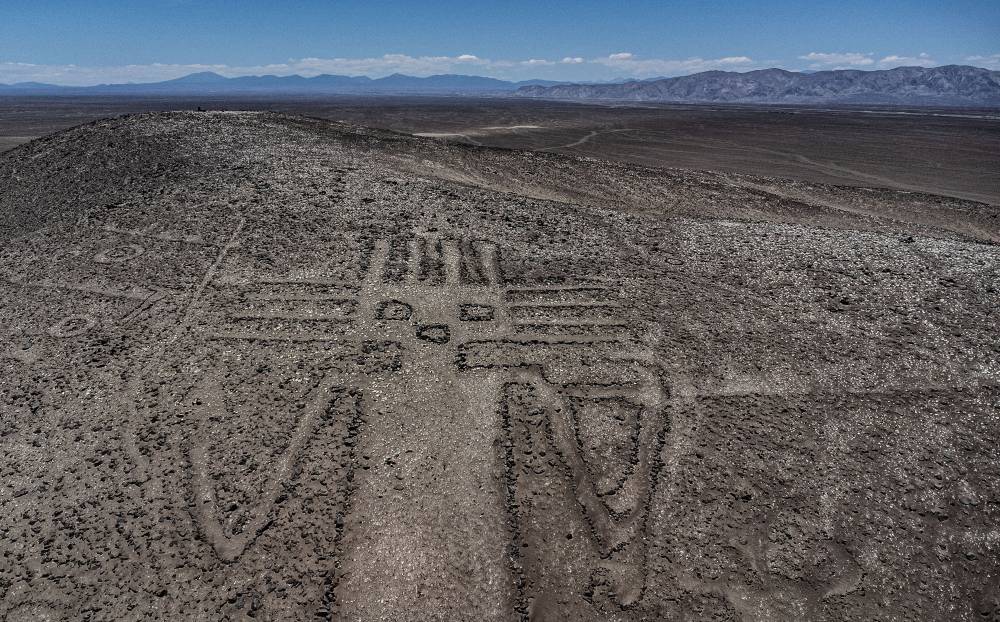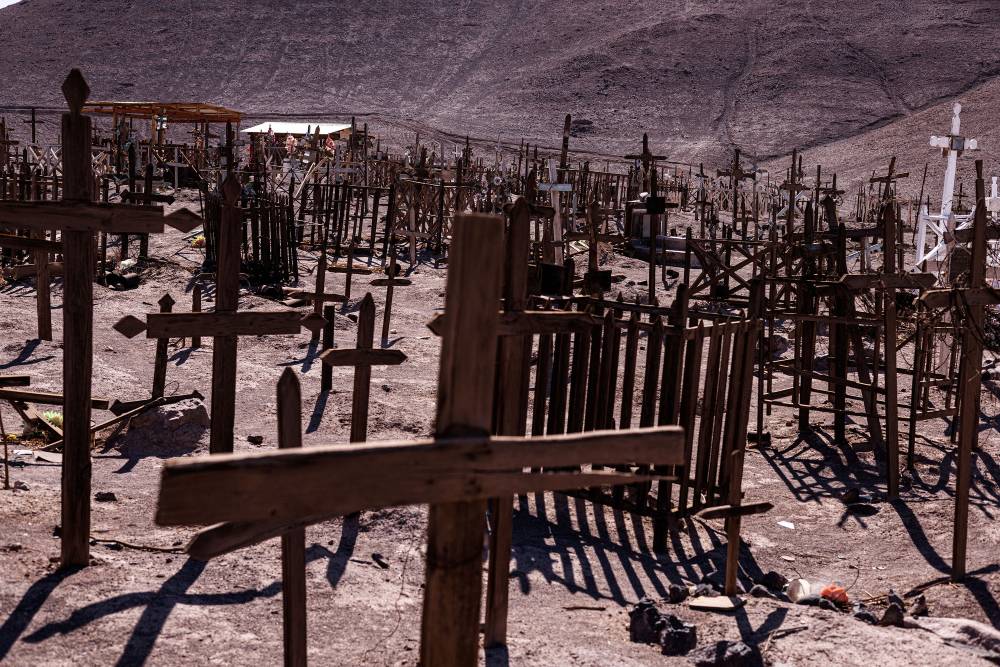Locals move to protect Chile’s giant desert geoglyphs scarred by off-roaders

IQUIQUE, CHILE—Over a thousand years ago, the hundreds of giant geoglyphs carved into the desert in northern Chile were a bustling scene. They marked sources of water in the vast arid landscape and were where locals came together to trade skins, animals and fish.
Now the carvings are scarred with hundreds of tire tracks from motorcycles and off-road vehicles tearing through the art creations in the landscape and permanently disfiguring them.
“It’s practically destroyed by motorcycles, off-roaders,” said Jose Barraza, general director of the regional national patrimony office.
He said various groups were trying to preserve the site to prevent any more destruction—but also without restoring it to its former glory, to show the error of people’s ways in the future.


‘End to destruction’
“(It) will be an example that shows future generations what not to do with our heritage, no matter how painful or how much anger, discomfort or resentment we feel towards it,” he said.
Local resident Angelo Araya says the community has been working with a local museum and authorities to try and “put an end to the destruction.”
The goal, Araya says, is to stop motorcycle and off-road vehicles from damaging the site further and “to make everyone aware that this is not just a heritage site, but that it belongs to all of us.”


The site has gone through many phases, going from a place to barter, to an abandoned site, to one where people were looking for gold. Eventually Chile’s national forests association Conaf turned the area into part of the Pampa del Tamarugal National Reserve.
Sand board instructor Franco Diaz said the government should physically close off access to the sites as the geoglyphs are difficult to spot.
“If a jeep driver goes behind the hill, he won’t notice if there’s a geoglyph,” Diaz said. “They should close the perimeter and protect these sites that are over 1,000 years old.”
Reuters, the news and media division of Thomson Reuters, is the world’s largest multimedia news provider, reaching billions of people worldwide every day. Reuters provides business, financial, national and international news to professionals via desktop terminals, the world's media organizations, industry events and directly to consumers.

















